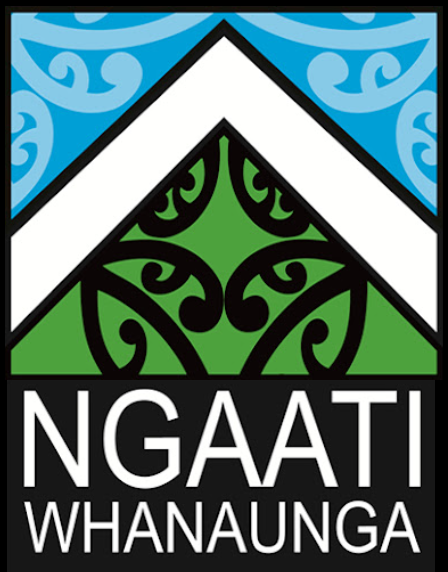Ngaa puke ki Hauraki ka tarehua
E mihi ana ki te whenua
E tangi ana ki te tangata
Ko Te Aroha kei roto, ko Moehau kei waho
Ko Hauraki te whenua Ko Tiikapa te moana,
Ko Marutuuahu te tangata
Tihei mauri ora!
About us
Ngaati Whanaunga is affiliated with the Marutuuahu tribes however it is an independent iwi in its own right, comprising several distinct hapuu and whaanau.
The breadth and width of the tribal rohe is captured within the tribal saying “Mai Matakana ki Matakana". The motto of the Marutuuahu tribes refers to the extent of Ngaati Whanaunga mana whenua. This is both shared and exclusive within the geographical context, from the tip of Matakana Island (Tauranga harbour) in the south, to Matakana (Warkworth) in the north. This means that our tribal boundaries extends into areas managed by Auckland Council, the Bay of Plenty Regional Council, the Waikato Regional Council and the Department of Conservation.
Our vision
The vision of Ngaati Whanaunga is to achieve health and prosperity across our people, our hapuu and iwi, our business and the environment.
The mission of Ngaati Whanaunga is to enhance the wellbeing of our people both now and in the future, by ensuring sustainable management of our resources.
We take a three-pronged approach as follows:
- Leveraging the significant expertise and skills of our strategic partners to find solutions that are mutually beneficial.
- Proactively working with relevant agencies to shape plans and policies.
- Being catalysts for positive and transformational change by challenging the status quo. We seek solutions that work for people and the environment.
Our values and principles
The principles of Ngaati Whanaunga are:
- Holistic - we believe everything exists as a living, breathing entity.
- Solutions focused - we focus on what we want.
- Proactive - we steer our waka rather than letting it drift at sea.
- Connection - healthy and prosperous people help create healthy and prosperous iwi and hapuu. This in turn helps create healthy and prosperous business and environment.
- People based - we recognise people as our biggest opportunity for positive change.
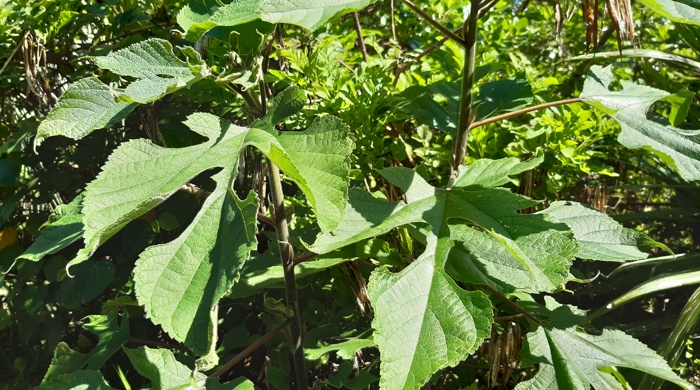
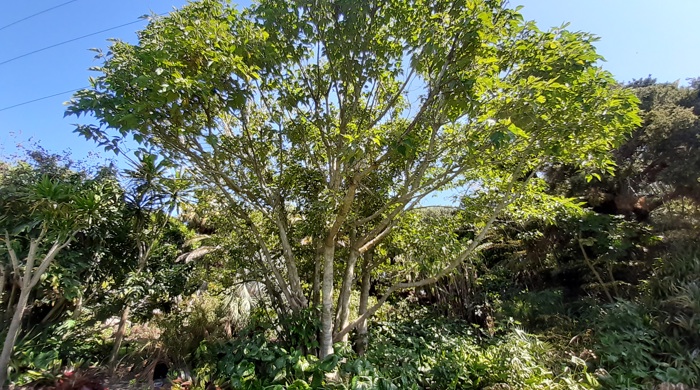
Environmental values and priorities
A healthy and prosperous environment is one of our four strategic outcomes and relates to all aspects of the physical and natural environment needed to support life including our connection to the past, present, and future. This strategic outcome encompasses:
- Having healthy resources that are resilient to change. These include healthy air, soils, land, water and their flora and fauna.
- The use of management practices that align with our core principles and values. These include managing resources in accordance with Te Āo, matauranga Maaori and tikanga.
- Managing resources as efficiently and effectively as possible.
- Proactively managing our ancestral lands, taonga and sacred areas.
Our goals for a healthy and prosperous environment are comprehensive and include:
- Healthy land
- Healthy freshwater
- Healthy coastal and marine areas
- Healthy biodiversity
- Healthy air
- Healthy culture and heritage.
See the Healthy and Prosperous Environment outcome in our Strategic Management Plan for more details (PDF, 14.2MB).
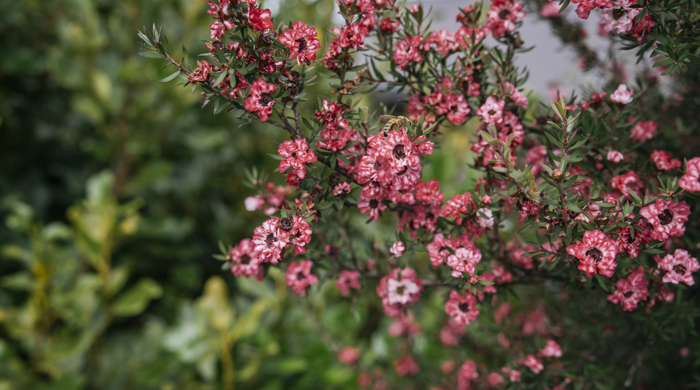
Native and threatened species
Kiwi are taonga to Ngaati Whanaunga and other iwi mana whenua, including Ngāti Paoa, Ngāi Tai ki Tāmaki and Ngāti Tamaoho. Together, we have successfully worked with Auckland Council to bring the North Island brown kiwi back to Te Ngāherehere o Kohukohunui.
Extensive pest management has made it safe to return kiwi to Te Ngāherehere o Kohukohunui. The future of kiwi and other native wildlife now depends on collaboration. This includes iwi mana whenua, the local community, schools, businesses and both council and central government.
Iwi mana whenua, through the exercise of kaitiakitanga, have knowledge and skills to contribute to the future health and wellbeing of Te Ngāherehere o Kohukohunui. In turn, this provides ongoing benefits for people and communities.
In 2017, the first six kiwi were returned from Kuaotunu on the Coromandel Peninsula. We look forward, through our partnership, to returning more kiwi to Te Ngāherehere o Kohukohunui.
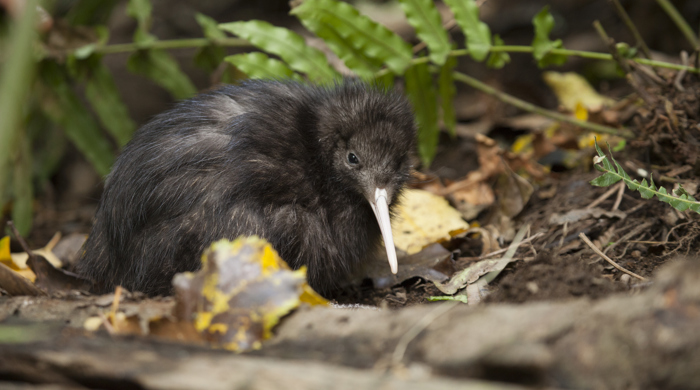
Our environmental work
Ngaati Whanaunga kaitiakitanga includes various activities on the whenua and moana in our rohe. We aim to collaborate with other iwi mana whenua, hapuu, councils and the local community.
Te Ngāherehere o Kohukohunui
We must protect Te Ngāherehere o Kohukohunui from kauri dieback and grow the knowledge of kauri ora. We will do this with the council and the Department of Conservation.
To Ngaati Whanaunga, Ngāi Tai ki Tāmaki, Ngāti Tamaoho, Ngāti Te Ata, Ngāti Paoa and Ngāti Tamaterā kauri are culturally significant taonga. Te Ngāherehere o Kohukohunui is one of the most significant disease-free kauri forests in Aotearoa. It is also home to one of the largest populations of kookako in Aotearoa and to other important threatened species such as the native Hochstetter’s frog.
Mana whenua relationships at place
See the relevant sections of the Area Plan for parts of Puketāpapa and Albert-Eden Local Boards. Ngaati Whanaunga was a key contributor to this plan, alongside other iwi mana whenua.
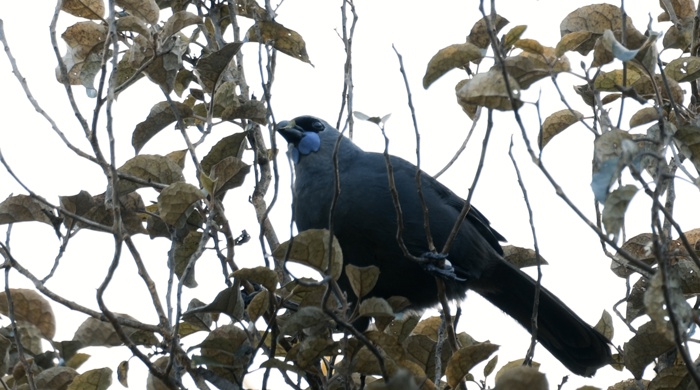
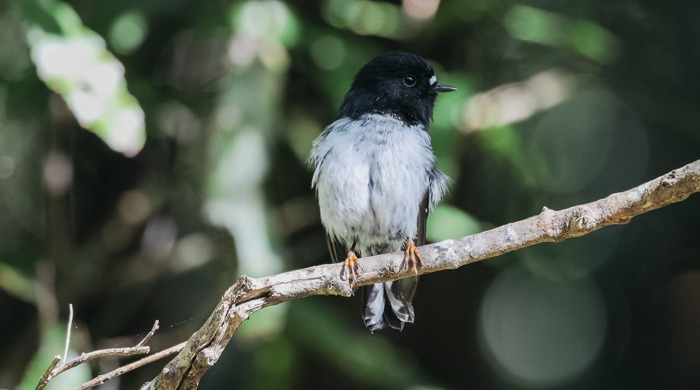
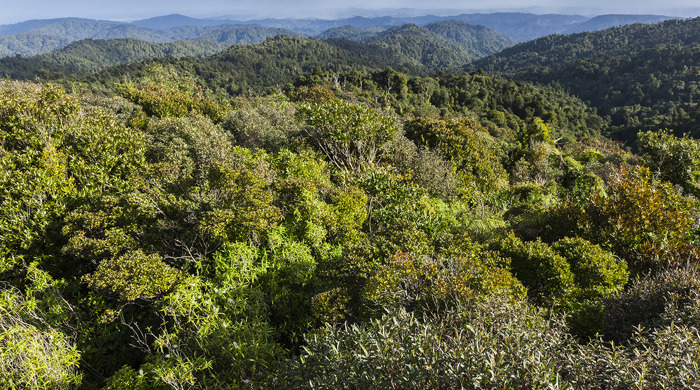
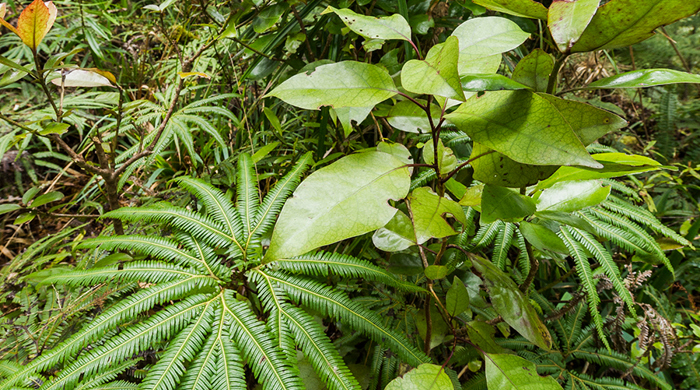
Working with us
Success factors for the Ngaati Whanaunga environmental strategy are:
- Advocacy
- Partnership and working together
- The application of individual and collective energy
- The provision of quality advice.
We welcome enquiries from businesses, organisations and groups interested in working in partnership with us.
Contact us
Use the Contact us button below to get in touch with us. Auckland Council staff will support you to engage with us appropriately.


